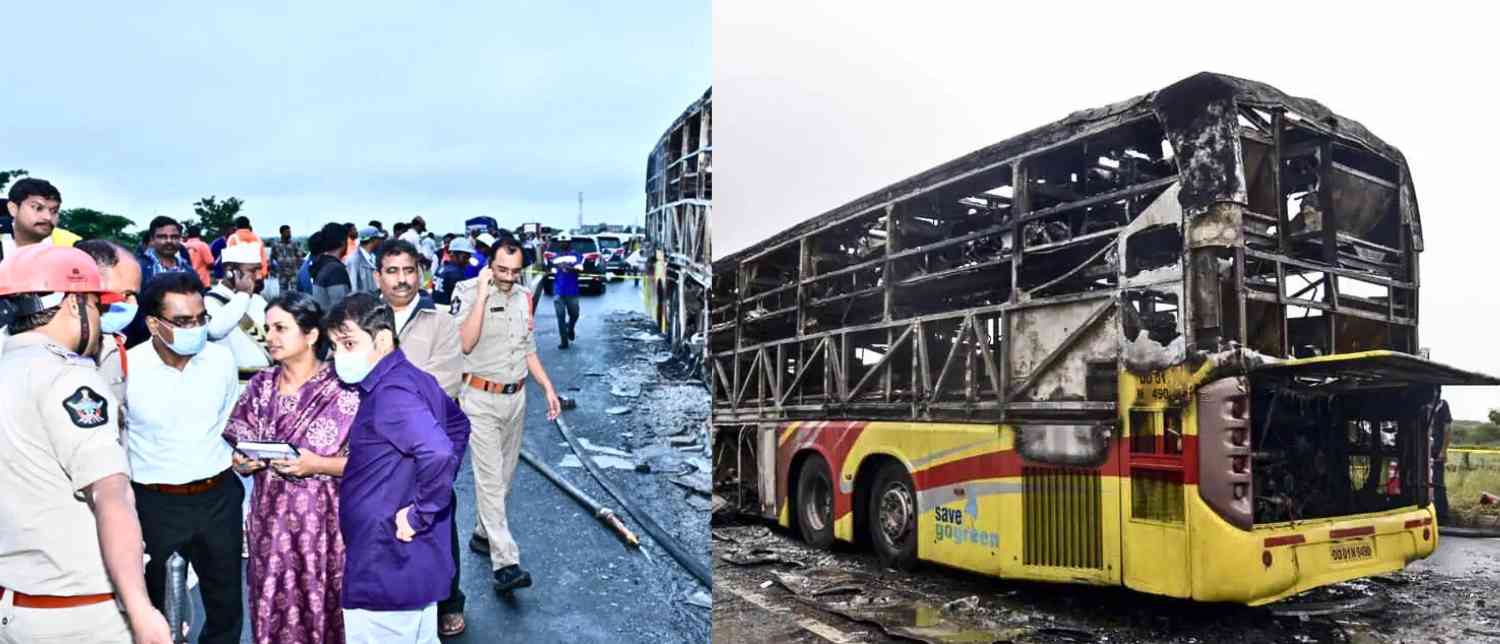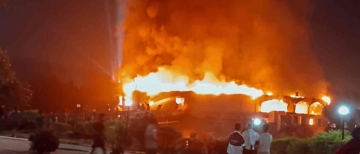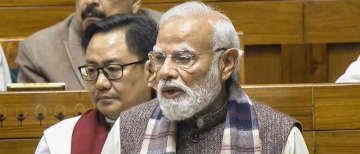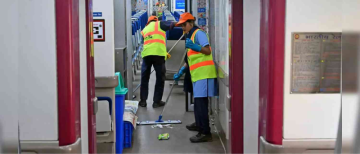The tragic bus fire accident near Kurnool in Andhra Pradesh, which claimed 19 lives on October 24, has taken an unexpected twist in the ongoing investigation. What initially seemed like a straightforward accident has now revealed a complex chain of events, with police searching for a mysterious "third driver" connected to the case.
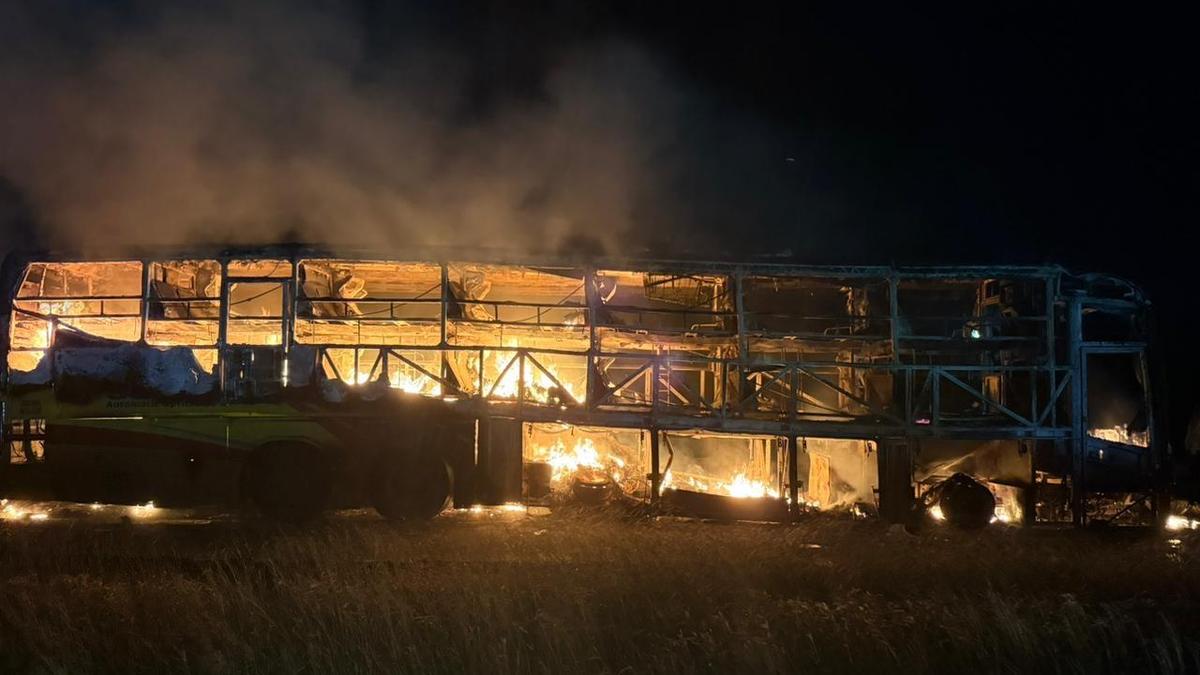
The bus, operated by Vemuri Kaveri Travels, was travelling from Hyderabad to Bengaluru when it collided with a two-wheeler near Ullindakonda in Kurnool district. The accident caused the bus to catch fire, leading to the deaths of 19 passengers out of the 43 onboard. The bus driver, Miryala Lakshmaiah, was arrested and held responsible, alongside the bus management, for the tragedy. He admitted to driving at speeds of about 80-90 km/h and said he did not realize the two-wheeler had become trapped under the bus until the fuel tank exploded and ignited the fire. Emergency exit doors were reportedly jammed, making passenger escape difficult, and the bus was engulfed in flames within minutes.
However, the investigation took a new turn when police found evidence suggesting that another bus - the so-called "third driver" - may have played a role in the accident. According to officials, this second omni bus driver dragged the crashed motorcycle involved in the incident from the roadside to the middle of the road. It was at this spot that the Kaveri Travels bus collided with the bike and dragged it for nearly 300 meters before the fatal fire started. CCTV footage from a nearby petrol station showing multiple vehicles passing the scene supported this discovery. Police are now seeking this third driver to clarify their involvement in the accident.
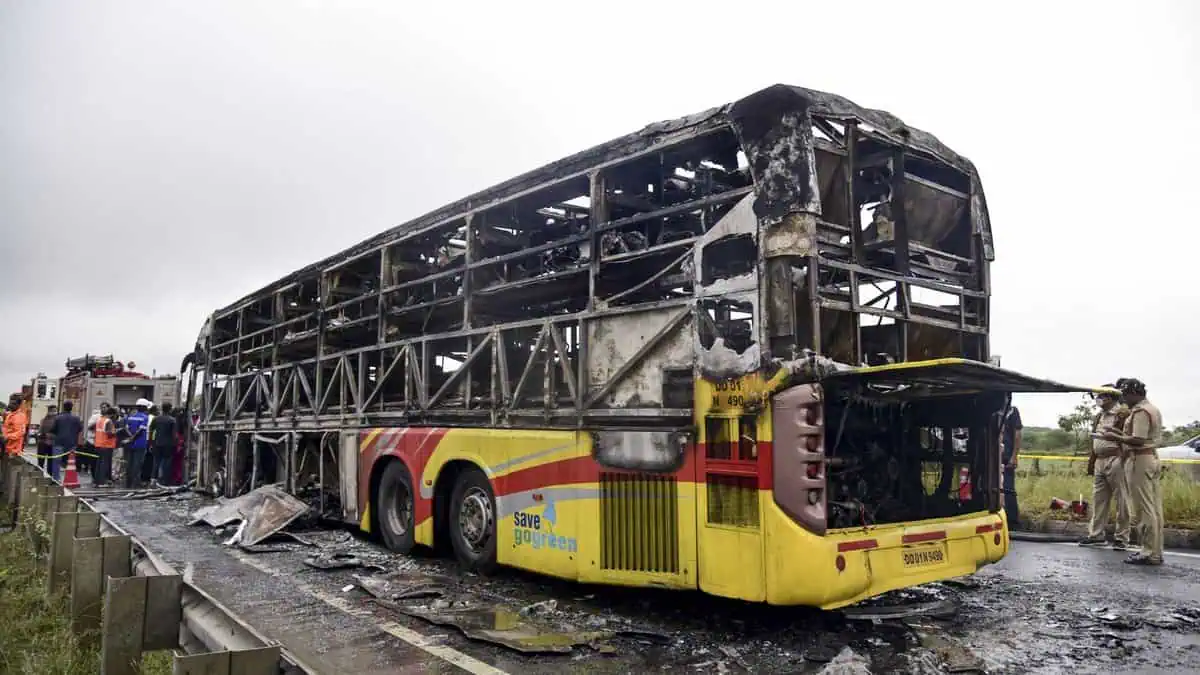
The biker involved, Shiva Shankar, was found to be intoxicated, according to forensic tests and CCTV footage showing his erratic behavior minutes before the accident. Shankar lost control of his bike, hit a road divider, and suffered a fatal head injury at the scene. His pillion rider, Yerri Swamy, survived with minor injuries due to the cushioning effect of grass on the divider. Police investigations have noted that Shankar's condition and actions played a significant role in triggering the accident that led to the fire.
The fire's intensity was worsened by the presence of around 400 smartphones containing lithium-ion batteries carrying onboard the bus, which reportedly acted as burn agents, accelerating the blaze. Safety experts have pointed out that emergency exits in many private long-distance buses are often non-functional or jammed, and unauthorized electrical modifications can increase fire risks. These lapses in safety regulations underscore the need for stricter enforcement by authorities to protect passengers traveling on highways.
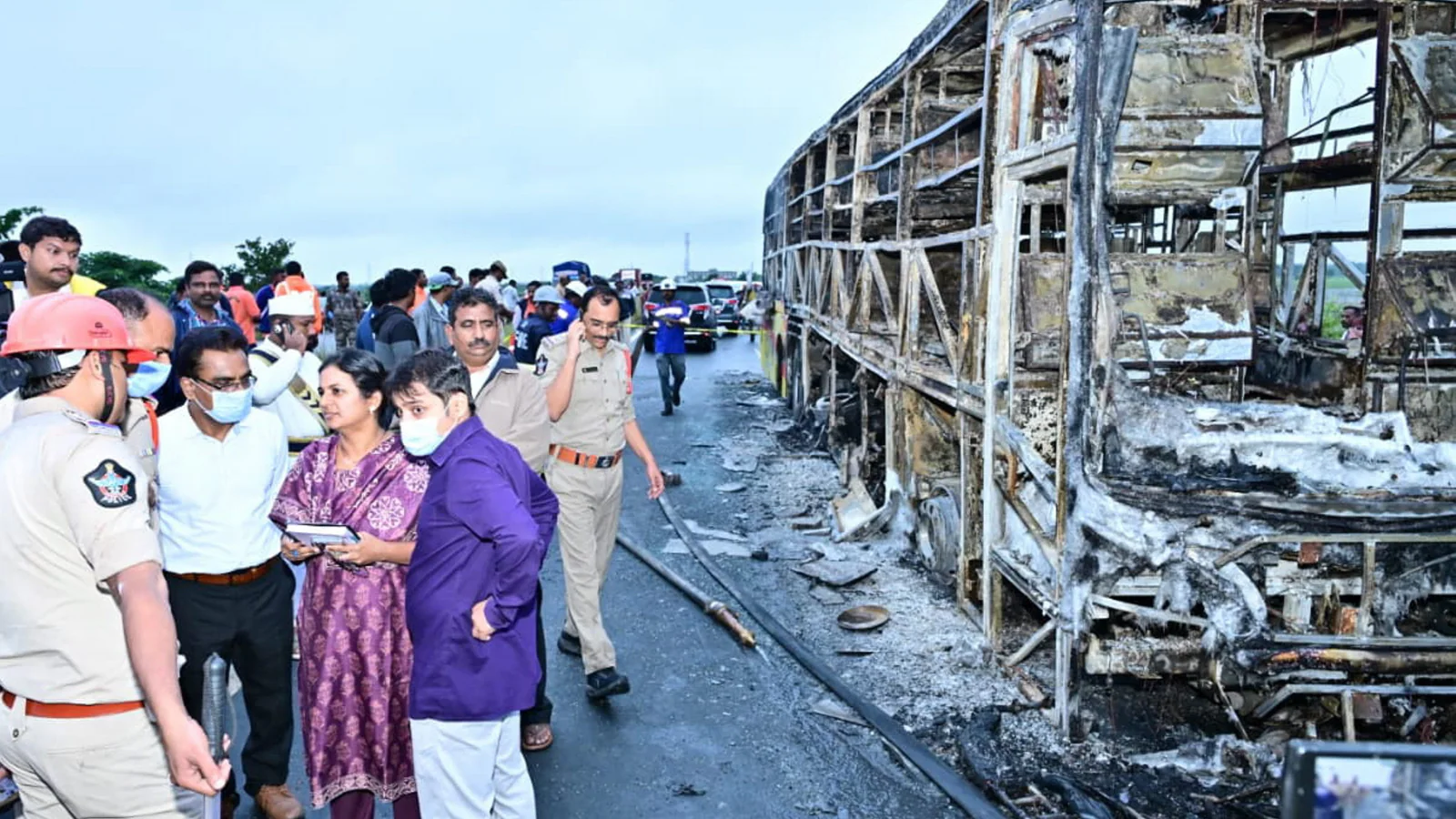
This incident brings forth multiple perspectives for consideration. While the bus driver and management are responsible for ensuring vehicle safety and passenger security, the role of the intoxicated biker and another unknown bus driver complicates the matter. It raises larger questions about road safety, driver training, adherence to laws, and effective regulation of private transport operators. Families of victims await closure, as DNA tests helped identify all deceased, but the search for the third driver continues, emphasizing that the investigation remains open.
In conclusion, the Kurnool bus fire tragedy is a somber reminder of the fragile nature of road safety and the need for collaborative vigilance among drivers, vehicle operators, and law enforcement. Understanding every aspect of such incidents can help in better preventive measures, avoiding future loss of young lives on Indian highways.
With inputs from agencies
Image Source: Multiple agencies
© Copyright 2025. All Rights Reserved. Powered by Vygr Media.

